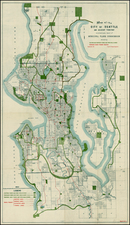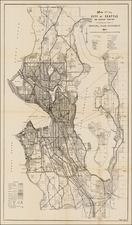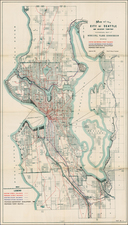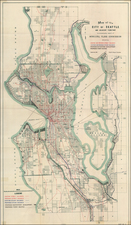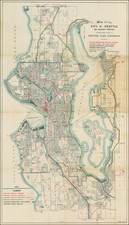Search
Virgil Gay Bogue (1846-1916) received a degree in civil engineering from the Rensselaer Polytechnic Institute in Troy, New York, in 1868. Bogue worked on Oroya Railway in Peru to 1879, the Northern Pacific Railway to 1886. On the Northern Pacific, he named Pasco, Washington (after a region known for vicious sandstorms he had seen while in South America), built the Northern Pacific and Puget Sound Shore Railroad connecting Tacoma, Washington to Seattle, Washington, and discovered Stampede Pass.
After the Northern Pacific, Bogue served as chief engineer of the Union Pacific Railroad until 1891. Following this, he was also chief engineer on the Western Maryland Railway and headed up the construction of the Western Pacific Railroad through California's rugged Feather River Canyon. Bogue worked on Columbia River Navigation, Commencement Bay and Grays Harbor, the New Zealand Railway, the New York Department of Public Works, and finally, shortly before his death in 1916, the Greater Seattle Plan.
His "Bogue Plan" was rejected by voters on March 5, 1912 by a 10,000-vote margin. It would have established Seattle's first comprehensive plan and a variety of improvements, including a civic center in the new Denny Regrade area. The civic center was eventually realized five decades later as Seattle Center, more or less in the location Bogue proposed.

